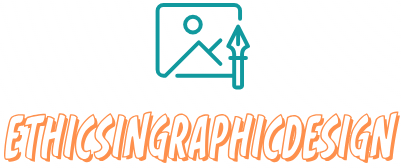How to Design an Engaging Landing Page
Designing an engaging landing page is crucial for capturing the attention of visitors and encouraging them to take action. Here are some key steps to consider when designing an engaging landing page:
- Set a clear goal: Define the goal of your landing page. Is it to generate leads, promote a product/service, or encourage sign-ups? Knowing your objective will help you focus on designing a page that aligns with that goal.
- Keep it simple and focused: A clutter-free design is essential for an engaging landing page. Keep the layout clean and organized, using whitespace effectively to direct attention to the most important elements, such as a call-to-action (CTA) button or headline.
- Use compelling visuals: Include visually appealing and relevant images or graphics that convey your message effectively. Choose high-quality visuals that are consistent with your brand identity and evoke the desired emotional response from your visitors.
- Craft a compelling headline: Create a captivating headline that grabs visitors’ attention and clearly communicates the value proposition or benefit of your offering. Make it concise, compelling, and aligned with your target audience’s needs.
- Write persuasive copy: Craft clear and concise copy that highlights the key features and benefits of your offering. Use persuasive language and bullet points to make information easily scannable. Keep paragraphs short and font sizes readable.
- Create a strong call-to-action: Place a prominent and attention-grabbing CTA button that clearly states what action you want visitors to take. Use action-oriented language and make sure the button stands out visually from the rest of the page.
- Add social proof: Incorporate testimonials, ratings, or reviews to build trust and establish credibility. Display them prominently on the page to reassure visitors that others have had a positive experience with your product or service.
- Implement responsive design: Ensure your landing page is optimized for mobile devices. A significant portion of website traffic comes from mobile users, and a responsive design will provide a seamless user experience across different screen sizes.
- Use effective form design: If your landing page includes a form for lead generation, make it simple and user-friendly. Minimize the number of required fields to reduce friction and increase the likelihood of form completion.
- A/B test and optimize: Regularly test different variations of headlines, visuals, copy, and CTAs to discover what resonates best with your audience. Use analytics tools to track visitor behavior and gather insights to continually optimize your landing page’s performance.
Remember that an engaging landing page focuses on delivering a clear message, maintaining visual appeal, and providing an intuitive user experience. Continually test, iterate, and optimize to maximize its effectiveness in achieving your conversion goals.



